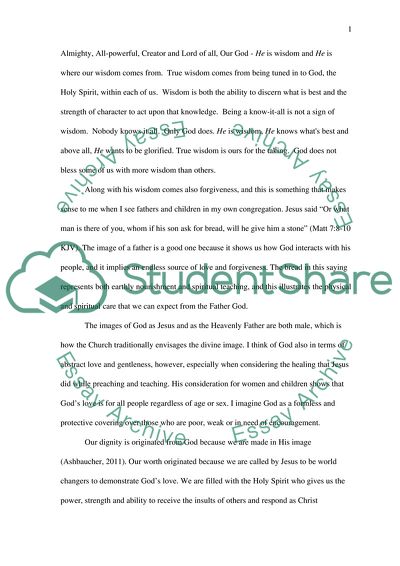Cite this document
(The Image that Most Closely Capture Understanding of God Essay Example | Topics and Well Written Essays - 3250 words, n.d.)
The Image that Most Closely Capture Understanding of God Essay Example | Topics and Well Written Essays - 3250 words. https://studentshare.org/religion-and-theology/1807367-my-images-of-god
The Image that Most Closely Capture Understanding of God Essay Example | Topics and Well Written Essays - 3250 words. https://studentshare.org/religion-and-theology/1807367-my-images-of-god
(The Image That Most Closely Capture Understanding of God Essay Example | Topics and Well Written Essays - 3250 Words)
The Image That Most Closely Capture Understanding of God Essay Example | Topics and Well Written Essays - 3250 Words. https://studentshare.org/religion-and-theology/1807367-my-images-of-god.
The Image That Most Closely Capture Understanding of God Essay Example | Topics and Well Written Essays - 3250 Words. https://studentshare.org/religion-and-theology/1807367-my-images-of-god.
“The Image That Most Closely Capture Understanding of God Essay Example | Topics and Well Written Essays - 3250 Words”. https://studentshare.org/religion-and-theology/1807367-my-images-of-god.


